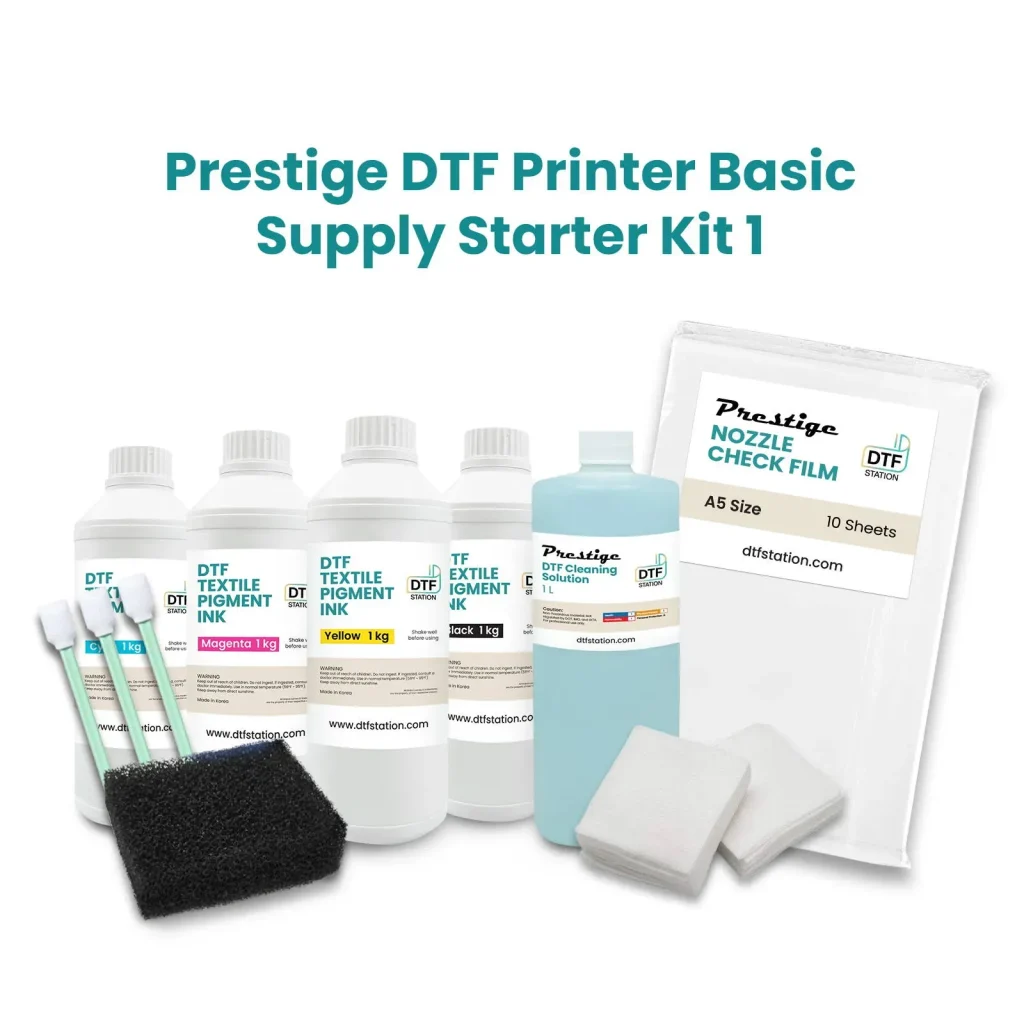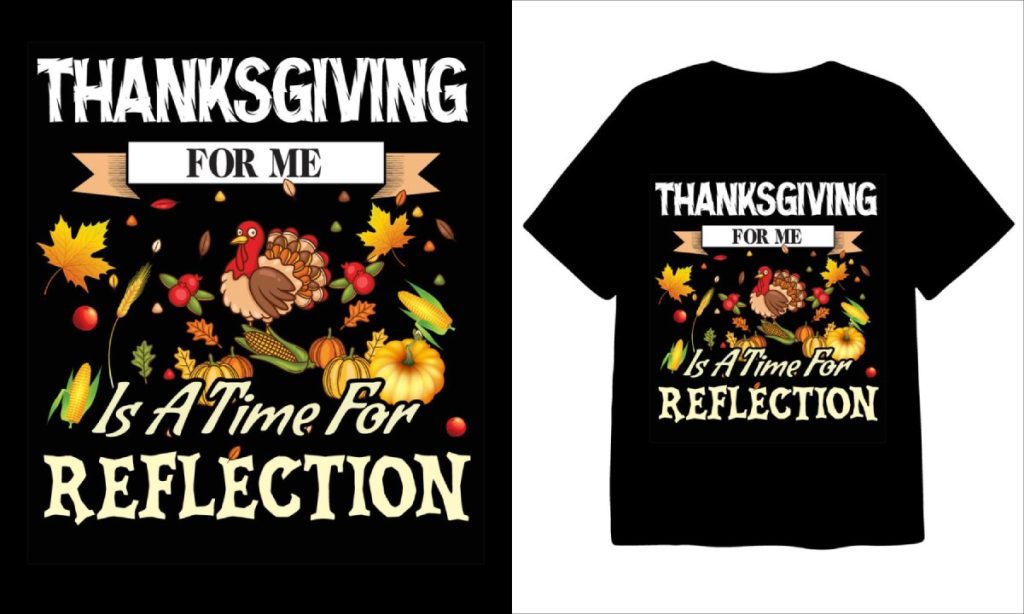In the ever-evolving landscape of Direct to Film (DTF) printing, selecting the right DTF supplies is crucial for achieving spectacular, high-quality prints. Unfortunately, many newcomers find themselves falling into common mistakes when sourcing these essential materials, impacting their end results. This guide will navigate through the prevalent pitfalls, such as choosing the correct DTF film and ensuring printer compatibility, while also providing practical DTF printing tips. From assessing DTF ink quality to managing software settings, understanding these elements can enhance your printing experience immensely. By avoiding these missteps, you can unlock the full potential of your DTF setup, ensuring vibrant, durable prints that meet your expectations.
When diving into the realm of film-based printing techniques, particularly Direct to Film, one must approach the procurement of the necessary components with care. Often, individuals just starting in this niche may overlook essentials such as selecting the right film and ensuring printer compatibility, which are imperative for optimal performance. By following guided DTF printing tips and being mindful of factors like ink quality and proper machinery settings, you can successfully navigate the initial challenges. This exploration will aid both beginners and experienced users in refining their understanding and choices regarding essential supplies. Embracing a thoughtful and informed approach can lead to more successful outcomes in your film printing endeavors.
Avoiding Common Mistakes When Choosing DTF Film
Choosing the right DTF film is crucial for anyone invested in DTF printing. One of the most common mistakes made by newcomers is opting for generic or low-quality films instead of specialized DTF films. Low-quality films not only hinder the adhesion process but also fail to deliver vibrant colors, resulting in unsatisfactory print outcomes. To steer clear of this mistake, always source your DTF film from reliable suppliers who have a proven track record of providing high-quality materials. This diligence will ensure that your prints not only look great but possess longevity.
Another aspect to consider is the specific requirements of your project. Different fabrics and design specifications may require particular types of DTF films. Ignoring this nuance can lead to significant pitfalls in print quality. Before making a purchase, it’s advisable to test out several types of DTF films with your specific designs. This small extra effort can lead to the most impressive results, allowing colors to pop and ensuring a smooth transfer.
Understanding Printer Compatibility for DTF Supplies
Printer compatibility is an essential factor that many overlook when purchasing DTF supplies. Not all printers are created equal; some may require special settings or modifications to effectively handle DTF printing. Ignoring the compatibility of your printer with DTF technology can lead to wasted supplies and frustration. Before making any purchases, it’s critical to conduct thorough research into your printer’s specifications and capabilities to ensure it can support DTF printing without issues.
In addition, consulting with other experienced DTF users or referencing manufacturer resources can help clarify compatibility requirements. Settings such as temperature, ink type, and paper feed may need adjustments to maximize print quality. Paying close attention to these details will help prevent the common mistake of incompatibility that can compromise print quality and overall satisfaction with your DTF projects.
The Critical Role of DTF Ink Quality
The quality of DTF inks significantly influences the overall output of your printing project. New users often make the mistake of using standard inks instead of investing in high-quality DTF-specific inks, leading to diminished print quality and a lack of durability. Using inks formulated specifically for DTF technology is essential as they are designed to adhere to the film and transfer properly onto the fabric. Inks that do not meet these specifications can lead to fading, cracking, and other issues that undermine your finished product.
Furthermore, it’s important to understand that ink quality directly impacts color vibrancy and print longevity. Lower-tier inks may save you money upfront but often result in disappointing prints that require redoing, ultimately costing more in the long run. Investing in superior DTF inks will provide a richer, more durable output and contribute to a better overall printing experience.
Configuring Software Settings for Optimal DTF Printing
Properly configuring your Raster Image Processor (RIP) software is another critical step that many new DTF users overlook. Incorrect software settings can lead to a host of problems, including misalignment, color discrepancies, and print failures. Ensuring that your RIP software is set up specifically for DTF printing can greatly enhance your production quality. Take the time to explore the software manual and familiarize yourself with recommended settings to optimize your printing process.
Additionally, leveraging online resources or forums can be extremely beneficial to gain insights from experienced users. Many have encountered similar pitfalls and can provide valuable tips on configuring your software to suit your specific DTF printing needs. By dedicating this time to understand and adjust your software settings, you’ll be able to achieve stunning prints with greater ease.
The Importance of Conducting Test Prints in DTF
Conducting test prints is a step that can’t be overlooked in the DTF printing process. Newcomers often skip this crucial phase, which can lead to unexpected issues with larger prints that could have been resolved ahead of time. Test prints allow you to experiment with various supplies, including films, inks, and different configurations, ensuring that the combination works harmoniously before committing to full-size production. By taking this small, thoughtful step, you position yourself for success.
Furthermore, test prints help identify any misconfigurations or materials that may not perform as expected. This will not only save you valuable time and resources but will also ensure that you are fully satisfied with the results before moving on to larger projects. Remember, investing in test prints is a wise strategy that pays off in high-quality and beautifully presented end products.
Balancing Budget with Quality in DTF Supplies
It can be quite tempting to cut costs by opting for cheaper DTF supplies, but this strategy often leads to costly mistakes down the line. Many new users compromise on quality in an effort to stay within budget, which can result in inferior print quality and wasted materials. Lower-end supplies may not perform as well, ultimately requiring additional purchases to rectify the mistakes that arise from their usage. Therefore, it’s critical to strike a balance between budget and quality when sourcing your DTF supplies.
Investing in high-quality DTF materials from the start may seem like a larger expense but will pay off in terms of durability and print quality. High-quality supplies produce cleaner transfers and more vibrant prints, ensuring that your artistic vision is realized effectively. By prioritizing quality, you set yourself up for long-term success in DTF printing, making it a worthwhile investment that enhances your work.
Frequently Asked Questions
What are the common mistakes to avoid when purchasing DTF supplies?
When purchasing DTF supplies, avoid common mistakes such as choosing low-quality DTF film, neglecting printer compatibility, and using non-DTF inks. Ensure you invest in reputable materials and verify your printer’s specifications for a seamless printing process.
How do I choose the right DTF film for my printing needs?
To choose the right DTF film, prioritize materials designed specifically for DTF printing. Look for suppliers with a strong reputation for quality products, ensuring that the film will provide optimal adhesion and vibrant colors for your prints.
Why is printer compatibility important when selecting DTF supplies?
Printer compatibility is crucial in DTF printing because not all printers can handle DTF supplies. Always verify your printer’s specifications and ensure it can support DTF technology to achieve high-quality results without technical issues.
What should I consider regarding DTF ink quality?
When choosing DTF ink, opt for high-quality formulations specific to DTF printing. Using the right inks is essential for achieving vibrant colors and durable prints, while subpar inks can lead to disappointing outcomes and increased errors in your print jobs.
What software settings should I adjust for effective DTF printing?
Adjusting your Raster Image Processor (RIP) software settings is vital for effective DTF printing. Familiarize yourself with DTF-specific configurations to avoid issues and ensure optimal output alignment, colors, and quality during printing.
Why are test prints important in the DTF printing process?
Conducting test prints is important in DTF printing as it allows you to troubleshoot potential issues with materials and settings before committing to larger projects. Testing ensures you refine your configuration for the best results, saving time and resources.
| Common Mistakes | Consequences | Solutions |
|---|---|---|
| Choosing the Wrong Film | Poor adhesion and lackluster colors | Select high-quality, specialized DTF films from reputable suppliers. |
| Neglecting Printer Compatibility | Incompatibility can lead to ineffective printing. | Check printer specifications and compatibility before purchase. |
| Ignoring the Importance of Inks | Using non-DTF inks leads to poor quality and durability. | Choose high-quality inks specifically formulated for DTF. |
| Overlooking Software Settings | Misconfigured settings can cause printing issues. | Familiarize yourself with RIP software settings for DTF. |
| Ignoring Test Prints | Costs accumulate from potential errors in larger prints. | Conduct test prints to fine-tune settings and materials. |
| Budget Constraints | Poor quality supplies can result in additional costs. | Invest in reliable DTF supplies for better quality outcomes. |
Summary
DTF Supplies play a crucial role in the success of Direct to Film printing. By avoiding the common mistakes highlighted, individuals can enhance their printing quality and efficiency. Investing in the right films, ensuring printer compatibility, selecting high-quality inks, properly adjusting software settings, conducting test prints, and prioritizing quality over budget limitations will significantly influence the results of your printing projects. Understanding and implementing these key points sets the foundation for producing stunning, durable prints, making your commitment to excellence in DTF printing a rewarding experience.



